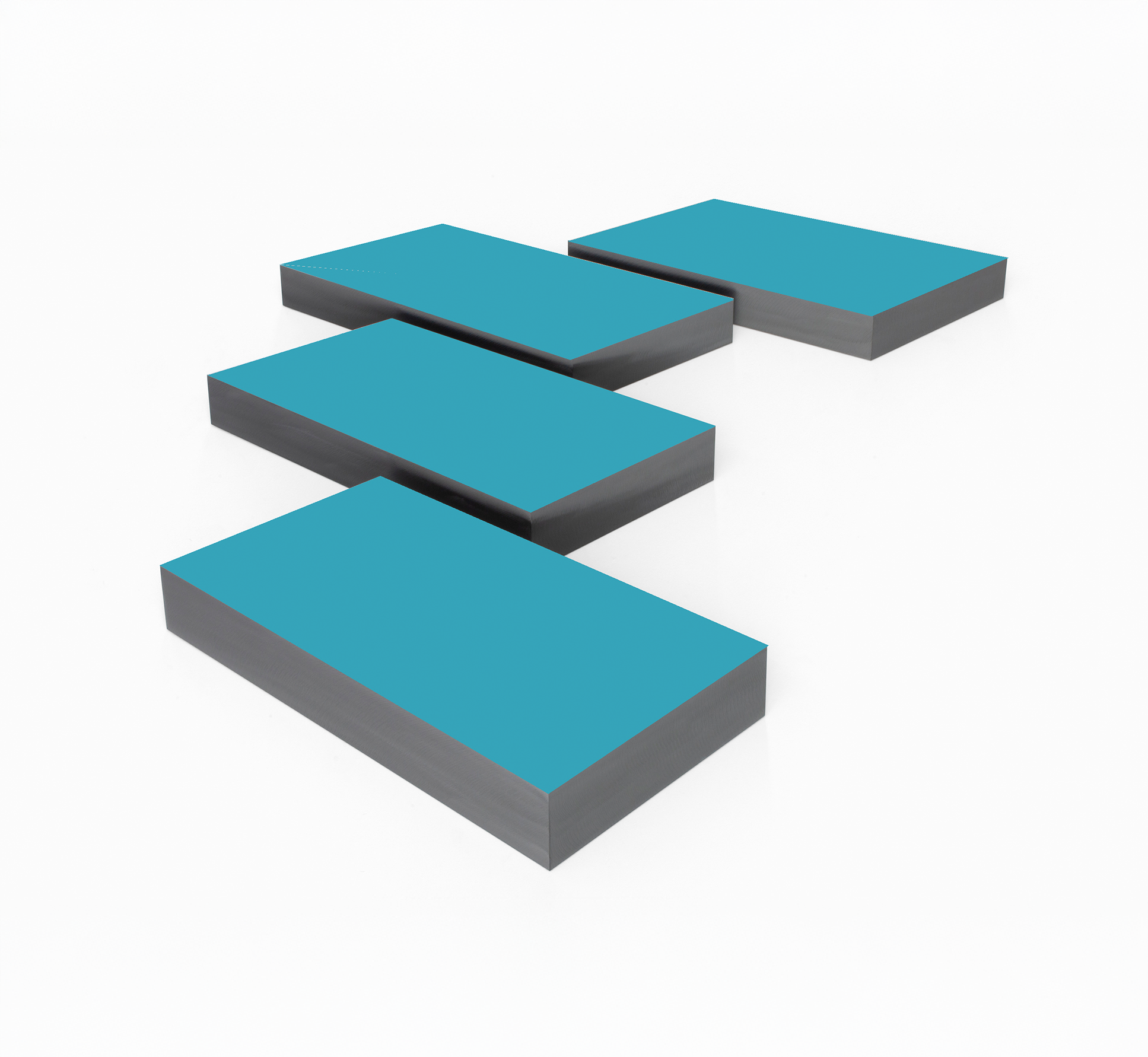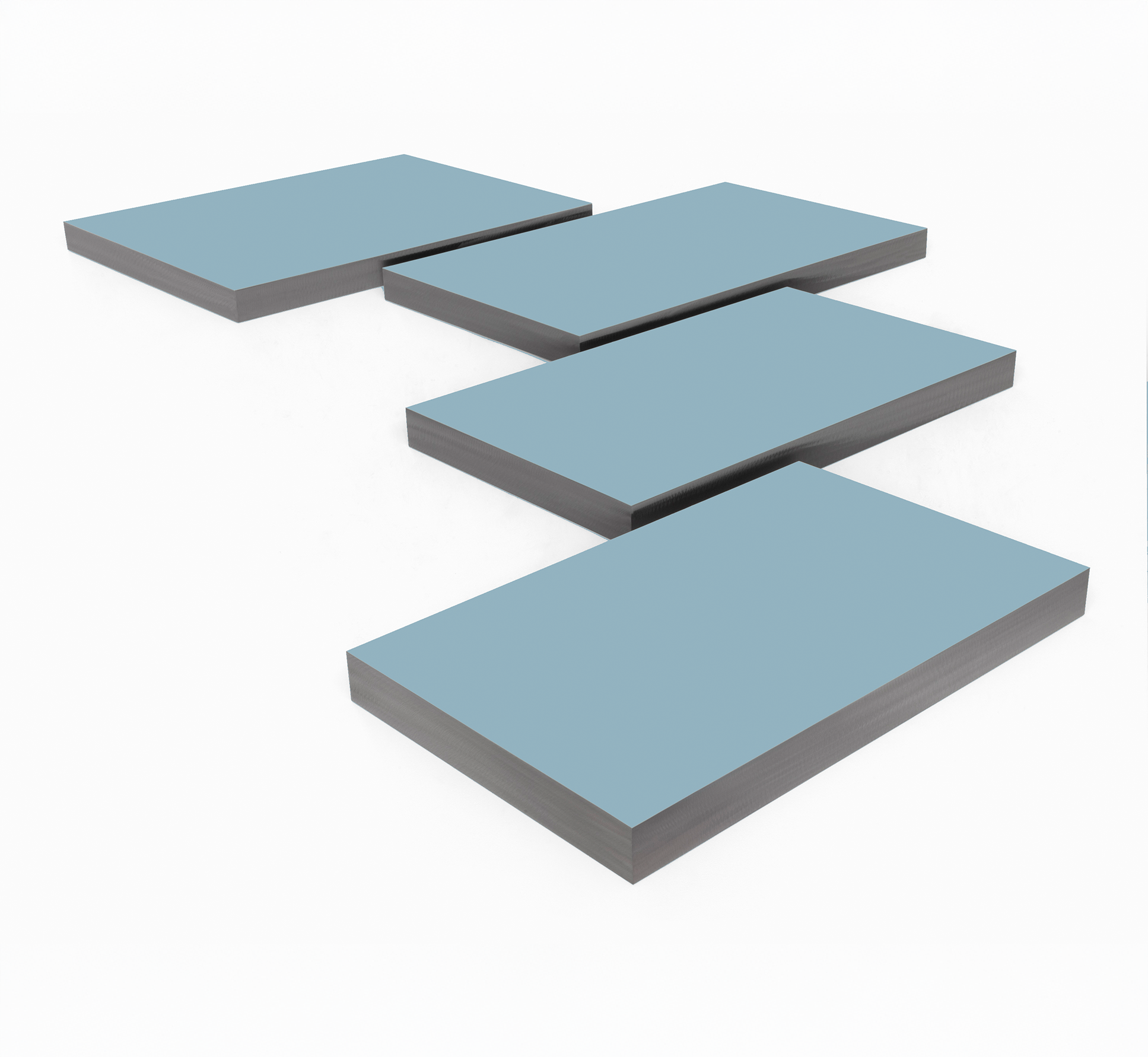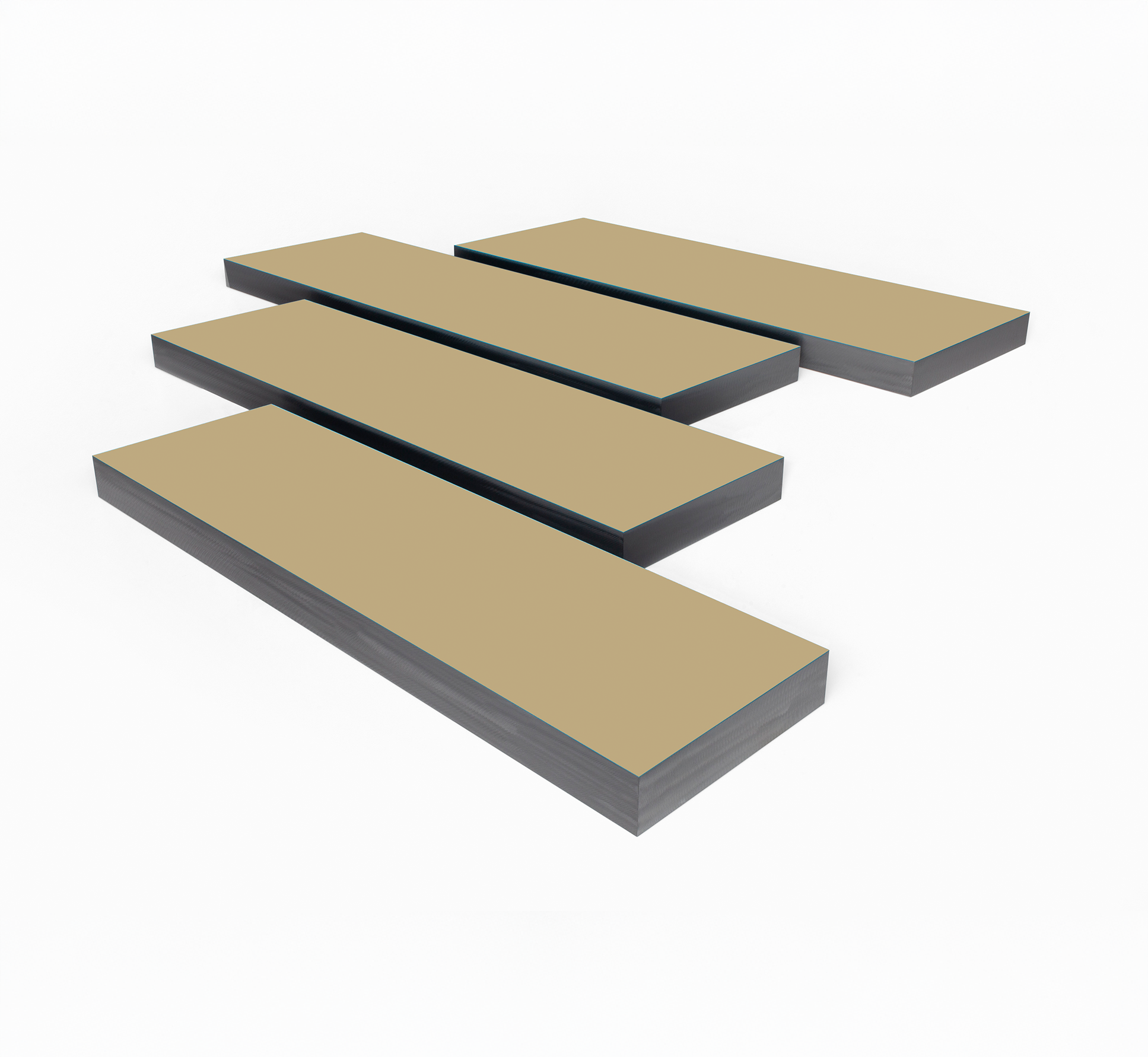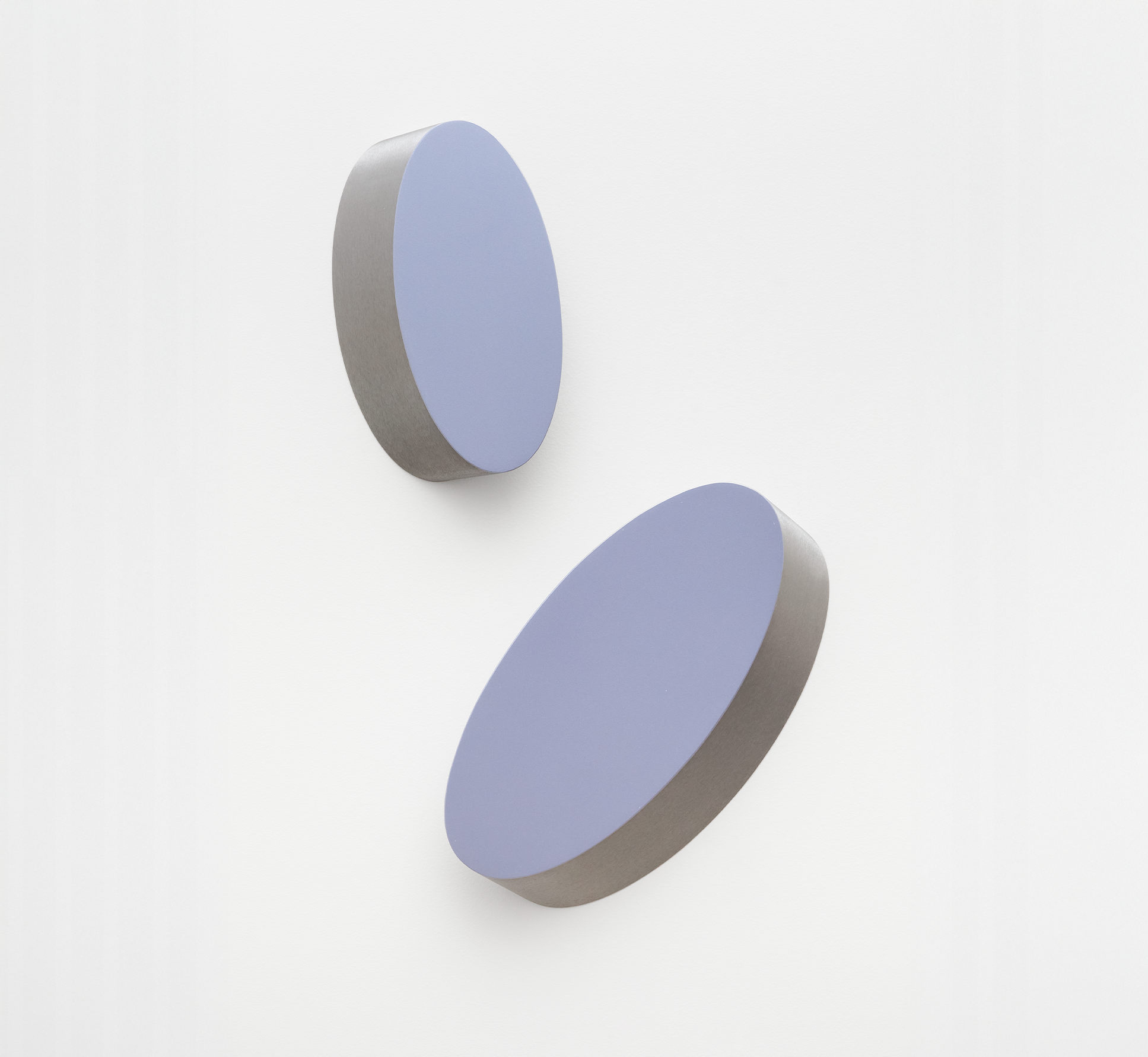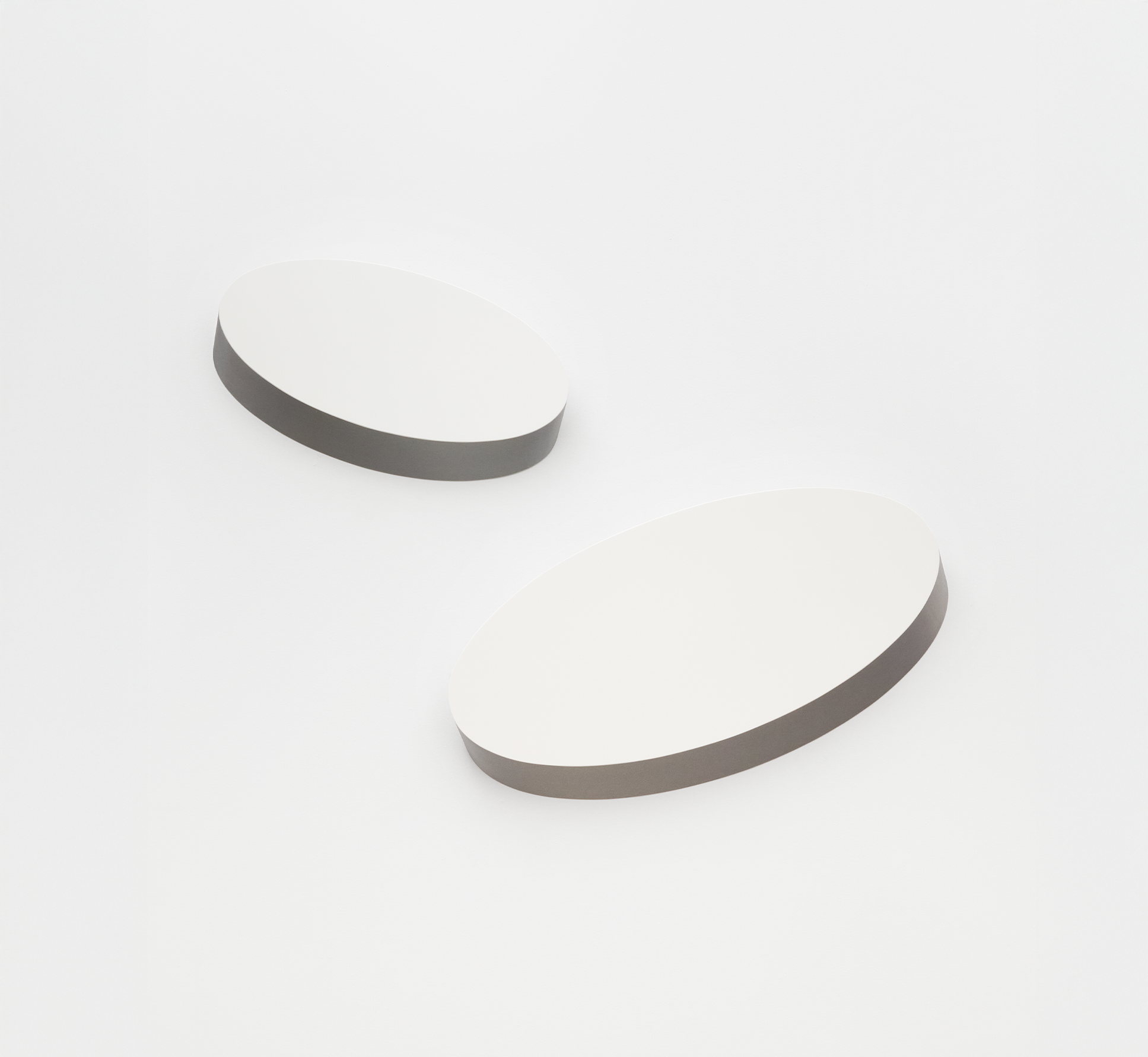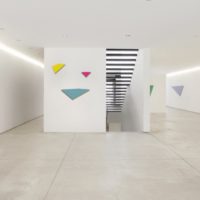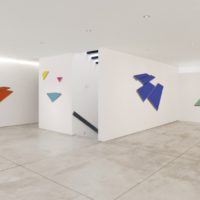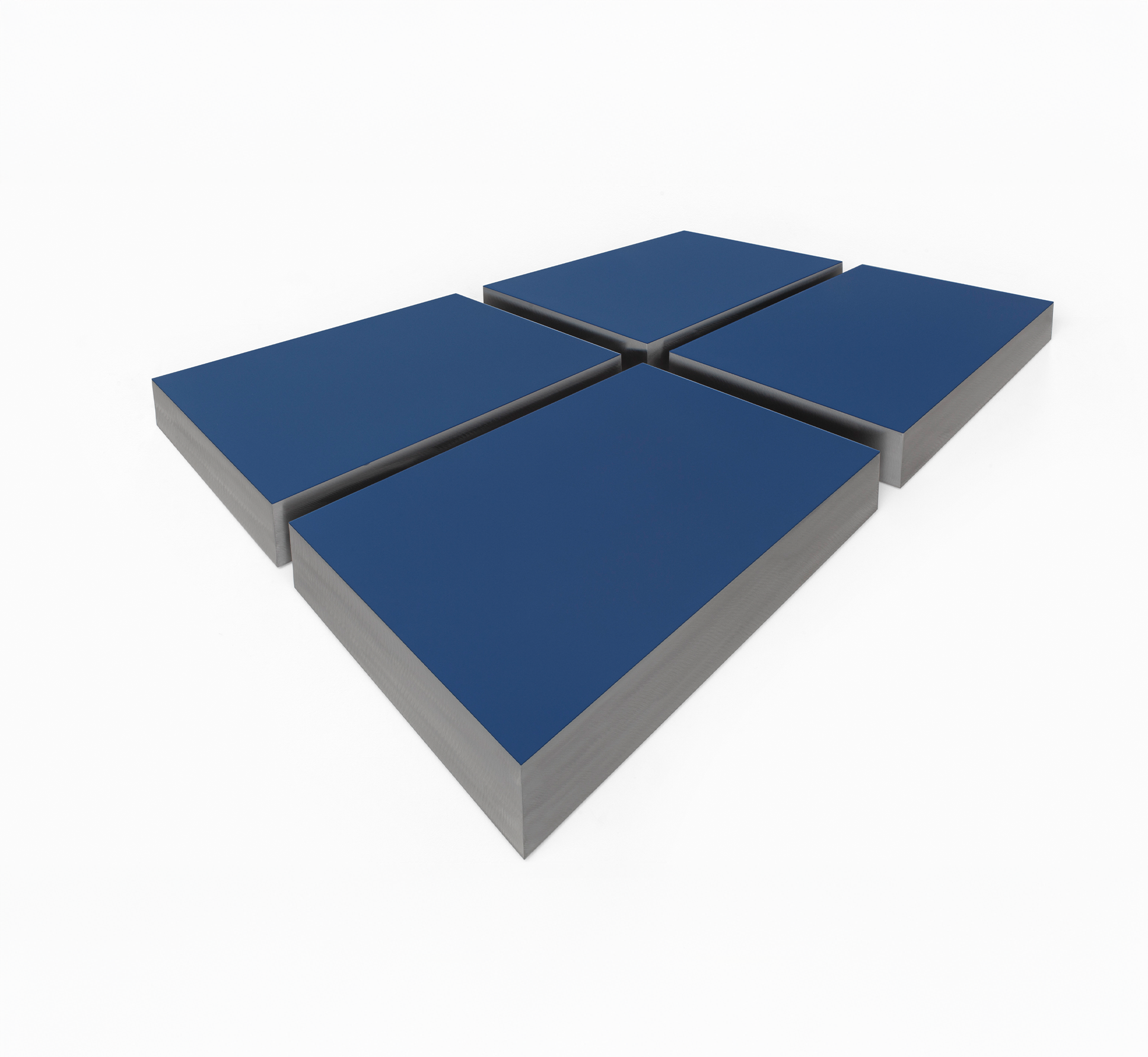
Available Works
Biography
born in würzburg_ germany_ 1961_ lives and works in stuttgart_ germany
Graduated in Fine Arts and Painting at the Staatliche Akademie der Bildenden Künste Stuttgart (1986), and in Art History at the Universität Stuttgart (1985). He began showing his work soon after graduating.
Recent exhibitions featuring artworks by Ullrich most notably include solo shows at the galleries Une (Switzerland, 2012) and Denise René (Paris, France, 2011), and the group shows “Mouvement et Lumiére” at Fondation Villa Datris (France, 2012) and “Interferences” at Vasarely Foundation (France, 2011), as well as “Beyond Painting” at Bohuslän Museum (Sweden, 2009).
Ullrich has received various awards, including from the Messmer Foundation (Germany, 2010) and from the Helmut Kraft Foundation (Stuttgart, 2009). His work is shown regularly at important art fairs such as Art Basel (Basel and Miami), FIAC (Paris), Art Cologne (Cologne), and Zona Maco (Mexico City).
The exhibition “Planar” at Galeria Raquel Arnaud was his first solo show in Brazil. The artist has been represented by Galeria Raquel Arnaud since 2013.
Exhibitions
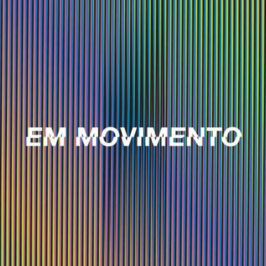
in motion
aug 16 - oct 19_2013
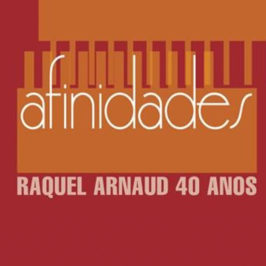
afinidades- raquel arnaud 40 anos
mar 19 - may 04_2014
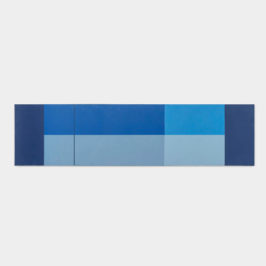
resonant horizons
feb 05 - mar 05_2021
Texts
A color which, in the spirit of Theo van Doesburg, only has meaning in and of itself. A form that obeys the laws of geometry. A body that is related directly with its own materiality and plasticity.
These are the tenets of concrete art, the basis on which Wolfram Ullrich’s work is constructed. For the artist from Stuttgart, these elements are important, but not sacred. In his works, even if the forms and colors are “concrete,” they refer to something beyond themselves; the form advances like a surface of color without shadow, the tridimensional volumes seem to escape on the wall and, simultaneously, some vanishing points seem to shatter the perspective.
Wolfram Ullrich’s works refer to a main vanishing point: the viewer. It is under the viewer’s observation that they reveal all of their effects; this is where they literally unfold beyond their limits and beckon for attention. This is particularly true for the works composed of various elements. If we try to analyze them based on their overall forms in order to concentrate on their distinct elements, we inevitably observe subtle incoherencies that are fine-tuned by Ullrich. If, on the contrary, we began with a synthetic analysis of the different elements to then consider the overall form, the concrete forms inevitably disappear. The volumes start to be systematically contorted. Depending on the angle from which they are viewed, they are either incorporated to the wall, or they stand out from it, twisting, softening and overflowing over the narrow grooves of the shadows, approaching the viewer.
The formal rigor with which the artist creates his works presents uncommon perspectives, involving a new set of dynamics. The artist aligns the rough, brushed-steel lateral surfaces with the same precision as his monochromes in lacquered acrylic. They reinforce the distorted plasticity of the elements and simultaneously reduce the interplays of shadows, in such a way that the final forms seem to be nearly bidimensional.
The above-mentioned dynamics result from these antagonisms found in Wolfram Ullrich’s large-format works, but also in his smaller ones, which evoke a great deal of attention as they appeal to the spectator with the same rigor and sincerity. They are simultaneously color and form, body and material. Their meaning is clearly intrinsic, but it should also be sought far beyond them, in the diversity of their references. Here we find the emphatic illusionism that springs from the spirit of concrete art.
Videos


